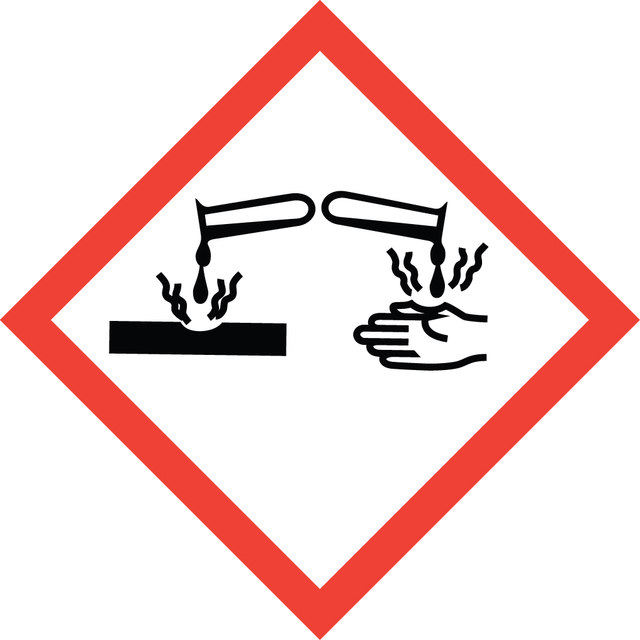Select a Size
About This Item
Product Name
Adipoyl chloride, 98%
InChI key
PWAXUOGZOSVGBO-UHFFFAOYSA-N
InChI
1S/C6H8Cl2O2/c7-5(9)3-1-2-4-6(8)10/h1-4H2
SMILES string
ClC(=O)CCCCC(Cl)=O
assay
98%
form
liquid
refractive index
n20/D 1.471 (lit.)
bp
105-107 °C/2 mmHg (lit.)
density
1.259 g/mL at 25 °C (lit.)
Quality Level
Looking for similar products? Visit Product Comparison Guide
Related Categories
Application
- A coupling agent in the synthesis of PEG-PLA-PEG triblock copolymers, enabling the formation of unique polymer structures with potential applications in drug delivery systems, tissue engineering, and controlled release systems.
- A cross-linking agent in the synthesis of biodegradable aromatic-aliphatic poly(ester-amides) from monolignol-based ester dimers. These polymers possess favorable characteristics like exceptional mechanical strength, biodegradability, and thermal stability, making them suitable for a range of applications including, controlled drug delivery systems, and environmentally-friendly packaging materials.
- Used in the preparation of biphenyl end-capped liquid crystals.
General description
Other Notes
signalword
Danger
hcodes
Hazard Classifications
Skin Corr. 1B
Storage Class
8A - Combustible corrosive hazardous materials
wgk
WGK 3
flash_point_f
233.6 °F - closed cup
flash_point_c
112 °C - closed cup
ppe
Faceshields, Gloves, Goggles, type ABEK (EN14387) respirator filter
Regulatory Information
Choose from one of the most recent versions:
Already Own This Product?
Find documentation for the products that you have recently purchased in the Document Library.
Articles
Atomic layer deposition meets various needs including semiconductor device miniaturization and nanoparticle coating.
近十年来出现了原子层沉积(ALD)技术以满足各种需求,包括半导体器件小型化、多孔结构上的保形沉积和纳米颗粒涂层。ALD基于两个相继的自限性表面反应。
Our team of scientists has experience in all areas of research including Life Science, Material Science, Chemical Synthesis, Chromatography, Analytical and many others.
Contact Technical Service